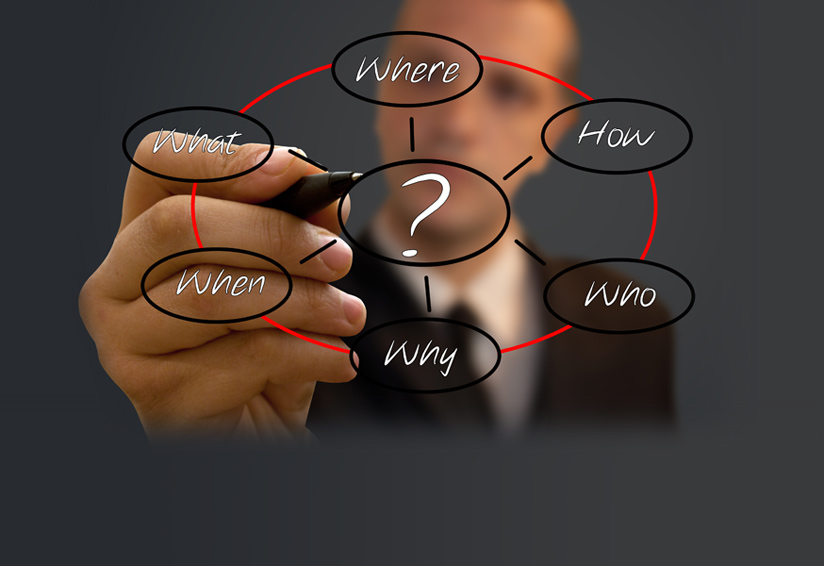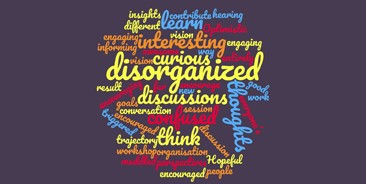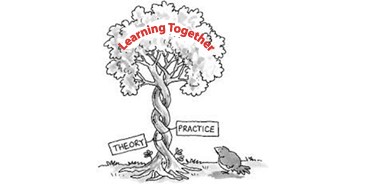Authors of Doing it Differently: Systems for rethinking infrastructure, Second edition on the biggest challenges in civil engineering and how adopting systems thinking can help to overcome them.

- Updated: 24 Nov 2020
- Author: David Blockley (Emeritus Professor of Civil Engineering, University of Bristol, UK) and Patrick Godfrey (International Council for Systems Engineering - Technical Leadership Institute - Coach)
Civil engineers face some formidable challenges and opportunities. The role of civil engineers, what they do and how they do it, is changing, leading to new types of jobs. We probably all agree that climate change, pandemics and AI are the ‘big three’ challenges facing the world. Three more are the potential threats to the industry include unexpected extreme events, widespread predictions of job losses and the dangers of inappropriate unsafe automation. Of course, there are many others that you might need to include in your own list.
When we wrote our book Doing it Differently: Systems for rethinking infrastructure in 2000 we were responding to the challenge, posed by Sir John Egan’s report, that there was widespread client dissatisfaction with the construction industry with too many projects late and over budget. We saw that challenge as an opportunity to present systems thinking to the profession. Since that time, things have moved on – some changes are good and some not so good. Many countries have written national infrastructure renewal plans, the UK Constructing Excellence initiative is promoting change, and the UK’s senior engineering body, the Royal Academy of Engineering has embraced systems thinking with its Engineering X programme. This programme recognises that “We live in a world where the critical infrastructure we depend on is made up of increasingly complex interconnected systems”. The ‘not-so-good-news’ is that embracing systems thinking is far from straightforward. Reactions tend to be polarised - ranging from enthusiastic adoption, to dismissal of it as ‘vacuous management speak’. All the while, long-standing problems in the industry, such as a lack of trust and delays, are still occurring - Grenfell Tower and the nine-year delays at Berlin’s Brandenburg Airport are just two examples.
In our second edition updated to promote rethinking infrastructure, we addressed Doing it Differently for the systems thinking which is all about understanding parts and wholes – seeing the ‘big-picture’ as well as the detail. It is about integrating holism and reductionism.
One of the difficulties people can have with adopting systems thinking is that the word ‘system’ is often used very loosely to mean any group of connected things and/or people and as such can appear to some to be vacuous. We find that if we are much more rigorous in the way we conceive of and use systems thinking we can improve our capacity to integrate and ‘join-up’ the way we work across what is, after all, a very fragmented industry. To us a system is a complex whole with a set of interacting parts. It has a network (or mechanism for physical systems) of processes which have emergent properties that explain why the whole is more than just the sum of its parts. Complex systems are more than just complicated because cause and effect may be entangled, information and models may be incomplete and interdependent, and outcomes may be unexpected and unforeseen.

What complexity felt like in our online workshop held in October 2020
Source: David Blockley and Patrick Godfrey
We think that as a profession, we need to get a better handle on how we structure our problems in order to go beyond the complicated and fully encompass and manage complexity. We believe that systems thinking can help the profession to steer our way through complexity by ‘learning how to learn together’ and ultimately improve performance.

Theory and practice
Source: elasjoliedotcom
New sources of uncertain evidence from AI and the IoT will challenge us. We, civil engineers, are experienced at using computers to assist our work, but AI will threaten traditional jobs if we don’t understand and communicate what is special about professional engineering expertise more effectively. That new understanding could be informed by a principle of ingenuity which states that we should ‘value, nurture and develop practical wisdom’.
Practical wisdom is something that all good experienced civil engineers have, but often are unable to articulate. It includes the necessary qualities of professional engineering that cannot be computerised in the foreseeable future. We see practical wisdom as a quality of discerning and judging and systems thinking can help us to identify and nurture it. It includes the way a person constructs the world in which they operate – having appropriate models to fit a situation. It requires practical rigour which is different from, but includes, logical rigour - because it is about making things that work and making things better, exercising creative forethought, developing and evaluating dependable evidence with feedback and learning. Experienced practitioners know that rules can only take them so far. Rules cannot say how to interpret information or how to balance evidence and conflicts.
Without practical wisdom and adequate systems thinking, things can go badly-wrong. The Covid-19 pandemic is exposing where our health care systemic processes are not ‘joined-up’. Simple rules, such as government tier guidelines, are helpful, but cannot cover all the eventualities that people face. Individual and collective judgements have to be made – even as we are learning and adapting as we go along. The big challenges faced by our profession will all require us to think and do things very differently – hence the title of our book. All civil engineers are good at thinking systematically (logically and rationally) but we have to improve our ability to think systemically (joining-up detail and the ‘big picture’) as part of our mission to create a better world.
Want to learn more about systems thinking as a methodology to deliver change? Pick up a copy of Doing it Differently: Systems for rethinking infrastructure, Second edition, available as a print book and an eBook.
